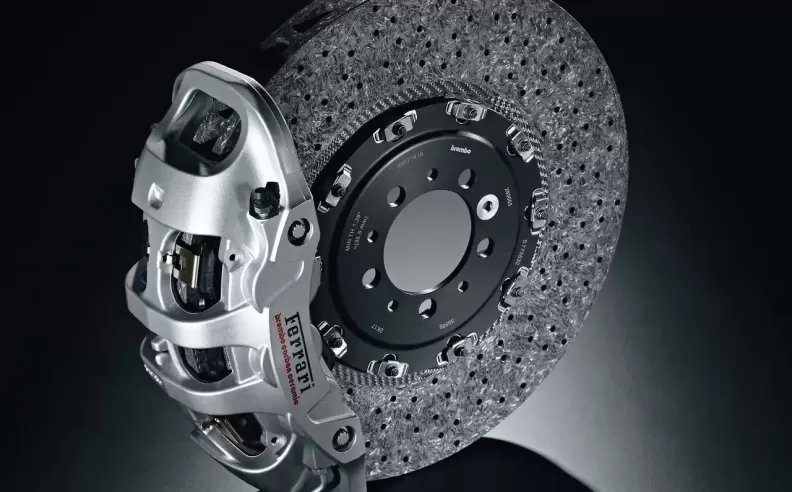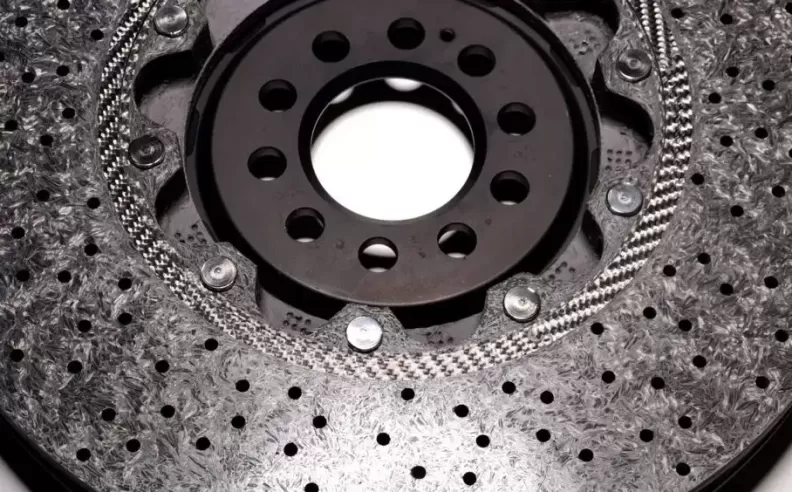
In the realm of high-performance automotive technology, carbon ceramic brakes stand out as a significant advancement. Known for their exceptional stopping power, durability, and lightweight construction, these brakes have become a staple in supercars, racing vehicles, and even some high-end luxury cars. This article delves into the development, advantages, and practical considerations of carbon ceramic brakes, exploring why they have become a sought-after feature in modern automotive design. Braking systems have come a long way since the early days of automotive engineering. Initially, cars relied on drum brakes, which used friction between a set of shoes and a rotating drum to slow the vehicle. As speeds increased and vehicles became more powerful, disc brakes emerged, offering better heat dissipation and more consistent braking performance. However, as the demands of high-performance driving continued to grow, the need for a more advanced braking solution became apparent. Enter carbon ceramic brakes.

Carbon ceramic brakes are a type of disc brake made from a composite material consisting primarily of carbon fiber and ceramic. The process involves weaving carbon fibers into a ceramic matrix, followed by a high-temperature curing process that bonds the materials together. The result is a brake disc that is significantly lighter and more durable than traditional cast iron discs.
Key Advantages of Carbon Ceramic Brakes
Exceptional Heat Resistance: One of the primary benefits of carbon ceramic brakes is their ability to withstand extreme temperatures. Under heavy braking, traditional iron discs can reach temperatures that lead to brake fade—a reduction in braking efficiency due to overheating. Carbon ceramic brakes, however, can operate at much higher temperatures without losing performance, making them ideal for high-speed driving and track use.
Lightweight Construction: Carbon ceramic brakes are much lighter than their iron counterparts, reducing unsprung weight. This reduction improves vehicle handling, acceleration, and fuel efficiency. For high-performance cars, where every gram counts, the weight savings can be a critical advantage.
Longer Lifespan: Carbon ceramic brakes offer a significantly longer lifespan compared to traditional brakes. They are highly resistant to wear and corrosion, which means they can last for tens of thousands of miles without needing replacement. This durability makes them a cost-effective choice in the long run, despite their higher initial cost.
Consistent Performance: Unlike traditional brakes, which can suffer from performance degradation over time due to wear and heat cycling, carbon ceramic brakes maintain consistent braking performance throughout their life. This consistency is particularly valuable in racing and high-performance driving scenarios, where reliable braking is crucial.
Low Dust and Noise: Carbon ceramic brakes produce less brake dust compared to iron brakes, which means cleaner wheels and less maintenance. They also tend to be quieter, with less squealing and noise during operation.
While carbon ceramic brakes offer numerous benefits, they are not without their drawbacks. The most notable is their cost. The materials and manufacturing processes involved in producing carbon ceramic brakes are complex and expensive, making them a premium option. Additionally, they require a specific type of brake pad, which can also be costly.
Another consideration is the warming-up period. Carbon ceramic brakes need to reach a certain temperature to provide optimal braking performance. While this is usually not an issue in high-performance driving or racing, it can be a minor inconvenience for everyday use, especially in colder climates.
Carbon ceramic brakes represent the pinnacle of braking technology, offering unparalleled performance, durability, and weight savings. While their high cost and specific operational characteristics may limit their widespread adoption, they remain a coveted feature in the world of high-performance and luxury vehicles. As technology continues to advance, we can expect further refinements and perhaps more accessible versions of this remarkable braking system, bringing their benefits to a broader range of drivers.

Wael is an automotive content writer specializes in creating written content for Motor 283. Producing a wide range of content, including blog posts, articles, product descriptions, reviews, and technical guides related to cars, trucks, motorcycles, and other vehicles, with an unprecedented passion for cars, and motorcycles.
